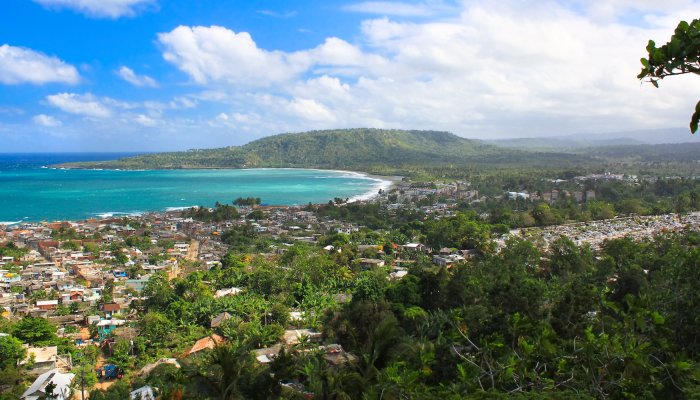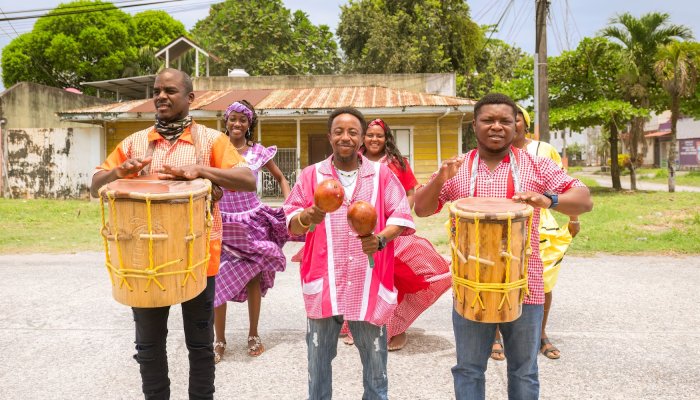Legal Travel to Cuba for the U.S. Citizen Explained
Update – Now that Cuba has opened up for travelers again after being closed for nearly two years due to the Covid-19 Pandemic, this article has been updated based on recent visits in the spring of 2022.
I’ve traveled most of my life and have been fortunate to have visited over 50 of the world’s countries. Some travels were on tours (both as a guide and a participant) and some travels were independent. I’ve traveled by airplane, car (renting, taxi and hitchhiking included), bus, train, ferry, ship, yacht, horse, camel, raft, kayak, bicycle, and foot. There are countries where travel is simple and straightforward and others where that is not the case. Cuba falls into the latter category. Mostly this is because of two factors. Internal infrastructure and, if you’re a U.S. citizen, the U.S. laws pertaining to travel to Cuba. Even though travel to Cuba can be challenging, it’s also very rewarding and worth the effort! This article is not meant to discourage you, but rather, spell out some options and considerations.
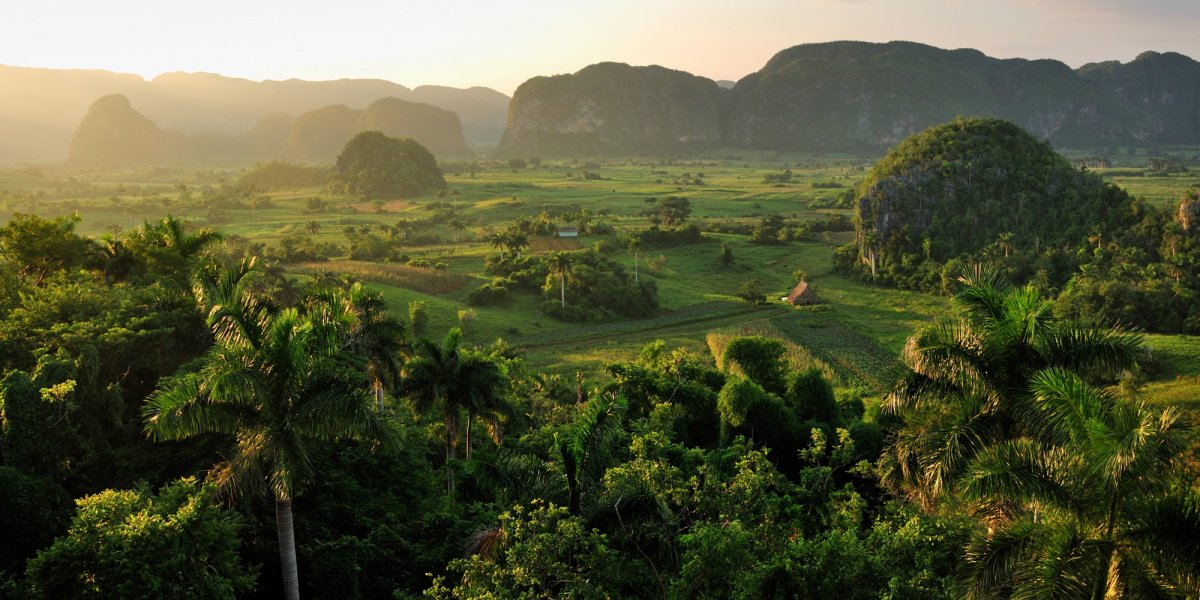
Legal Considerations
If you are a “person of U.S. jurisdiction” (citizen, green card holder, etc.) it’s important to understand the U.S. laws pertaining to travel to Cuba. Because of the U.S. embargo, travel for touristic purposes is not allowed. However, there are 12 categories of permitted travel for persons of U.S. jurisdiction, and your travels must be in compliance with one of these. This means having a full-time agenda of activities related to the category of travel. While most travel once fell under the “People-to-People” Educational category of travel, due to changes in U.S. laws in June of 2019, most people now travel under the “Support for the Cuban People” category.
The United States Department of Treasury, Office of Asset Control (OFAC) has a very useful FAQ that answers many questions and was updated according to new rules put into place in June of 2019. Note also that the U.S. State Department has a list of Cuban government-owned hotels where U.S. persons are not allowed to stay. This is called the “restricted list.”
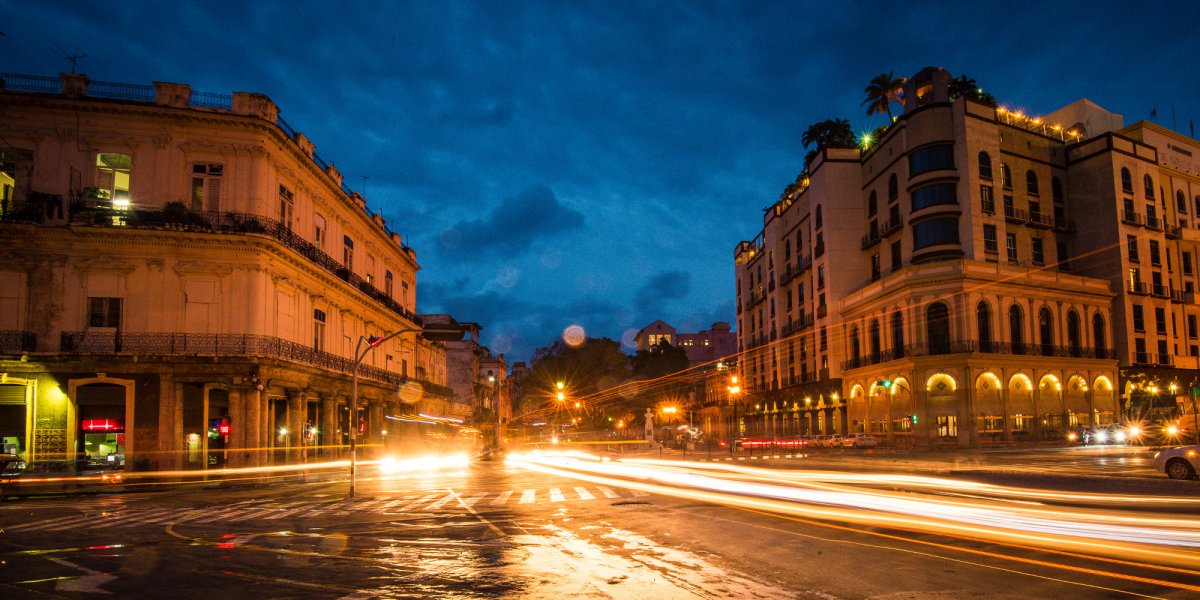
Getting to Cuba
From 2016-2019, there were more than 20 flights a day between the US and Havana, as well as other cities in Cuba. At the time, almost every major U.S. airline was flying to Havana and a few provided services Santa Clara, Camaguey, Holguin, and Santiago de Cuba. As of the spring of 2022, only American Airlines, Jet Blue and Southwest are offering flights from the U.S. They have all announced increased frequency starting in the autumn of 2022.
When you fly on a U.S. airline, the health and accident insurance required by the Cuban government is included. It’s also possible, and perfectly legal, to travel through a third country to get to Cuba. Sometimes flights from Canada, Mexico, or Panama might be more convenient.
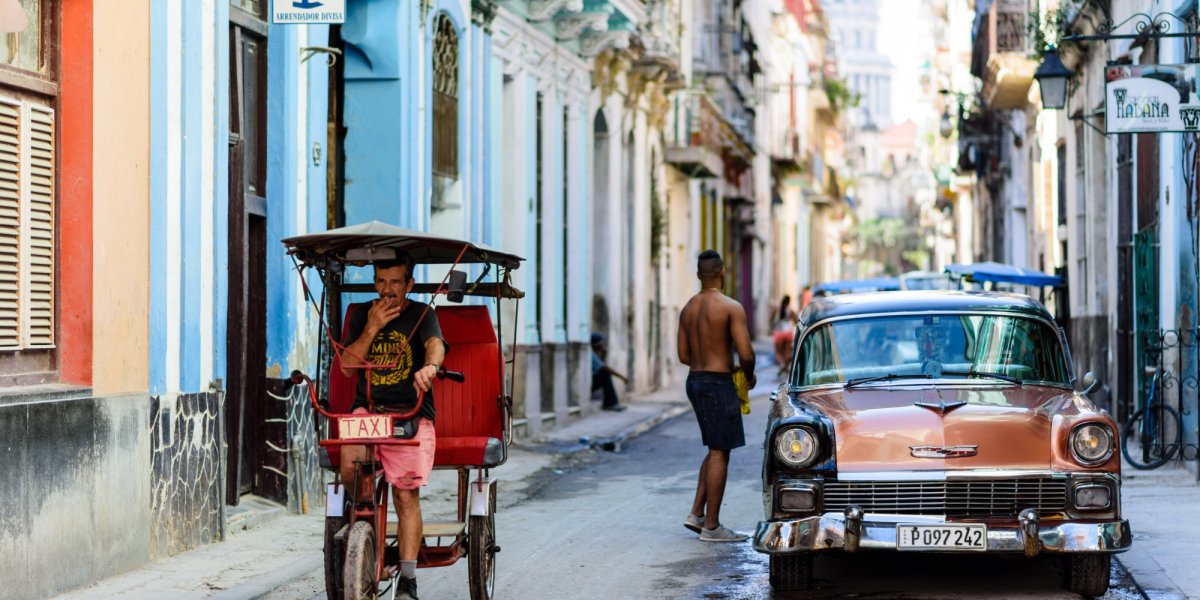
Travel Within Cuba
If your goal is to visit Havana only, or a city with direct air service from the U.S. (listed above), then it is relatively easy to travel to Cuba on your own. However, if you want to travel to various parts of the country, it gets more complicated.
Unlike many countries, there is not much in the way of public transportation in Cuba, so getting around is a challenge, or expensive. Public buses are woefully lacking. There was train service from Santiago de Cuba in the east to and from Havana in the west, but it was new a few years ago, and there is not yet much information or reliable traveler experience to know how dependable it is.
Car rentals are possible, at a cost of $80-$120/day or more. Finding fuel for the car can be problematic. Hiring a taxi and driver is also possible, and this will cost from $100-$160/day plus the expenses of the driver (meals, accommodations, etc.)
There are a few good roads in Cuba, but many are in a bad state of repair. If your map app says it will take 3 hours, count on at least 5-6. There are a few exceptions to this such as the A-1 highway that runs from Havana to Santa Clara. Or the road from Havana to Vinales. Beyond these, however, the roads are generally slow due to potholes, slow-moving vehicles, animals, pedestrians, and cyclists, etc.
Finally, it’s best not to use air travel within Cuba as the flights are not dependable. Delays and cancellations are common.
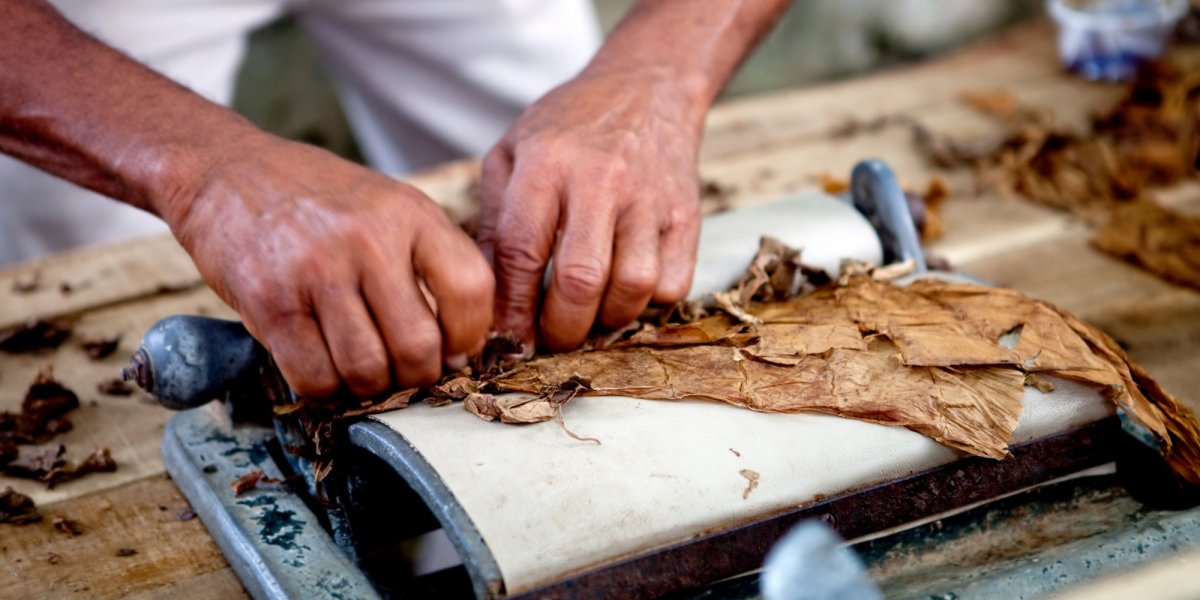
Communication and Money
U.S. cell phone companies don’t yet offer any “travel plans” for mobile coverage in Cuba, so expect to pay $2.99/minute for phone calls. Texting with your U.S. cell phone is the best value for communications to and from the U.S. It is possible to bring an unlocked international cell phone with you, and then buy a sim card when you get to Cuba. You do this by going to one of the Etecsa (Cuban National phone company) offices, but plan on around 1-3 hours for this process. This will then allow you to more easily communicate within Cuba with Cuban phone numbers. Canadian and European cell companies do have more reasonable rates and plans.
If you are using a U.S. cell phone, data is also very expensive, so using your phone for apps and such isn’t practical. You can access internet when in towns, and that makes using apps like WhatsApp or other useful travel apps possible.
Cuba is a cash economy. U.S. credit cards do not work in Cuba and very few places accept credit cards at all. This means you need to carry all the funds you need in cash. Due to recent U.S. restrictions put in place during the Trump Administration, there are no services available through Western Union or any other similar services from the U.S. So take plenty of cash. You can always bring home what you don’t spend. It’s best to bring denominations of $20-$50, plus some $1 and $5 for tipping.
It is possible to change U.S. dollars at banks or official Cadeca exchange places. However, there is a 10% penalty of 10% in addition to the exchange fee. So, it’s best to bring Euros or CAD if you plan to exchange at the official places, which currently give 24 CUP (Cuban Pesos) to the dollar. Because of a variety of factors, there is also a street market where it’s possible to trade USD for CUP and get 70-90 CUP to the dollar. Just be aware that technically this is illegal.
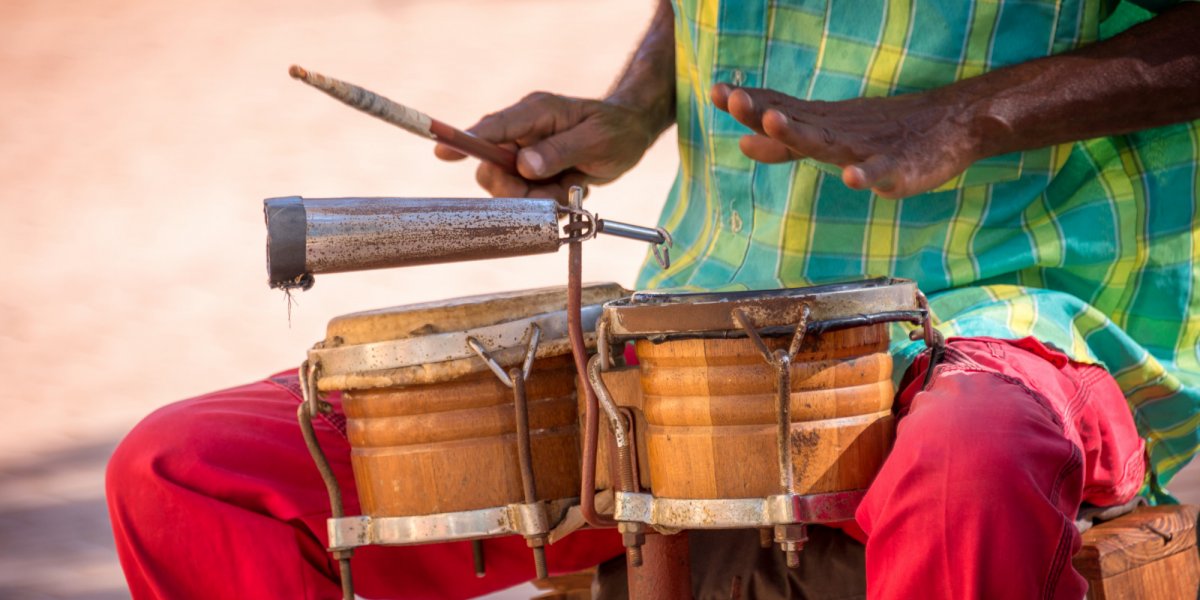
Health Insurance Requirements
The Cuban government requires all visitors to have health insurance. Fortunately, most airline tickets include the $25 fee that includes Cuban health insurance that covers you in-country. Just have a digital or printed copy of your ticket with you to show if necessary. I always bring my US health insurance card with me as well, just in case. If I fly from Mexico I show this to the Immigration Officer and this satisfies the requirement.
Health Care
Cuba is well known for its excellent health care system. It did very well during the pandemic and today over 97% of the population is vaccinated against Covid-19 including very young children and babies. There are clinics and hospitals throughout the country, and in Havana there is a Clinica Internacional designed specifically to treat foreign visitors. Cuba has 13 medical schools, an astounding number for a country of 11 million people. Exporting health care professionals is one of Cuba’s biggest sources of foreign currency and goods.
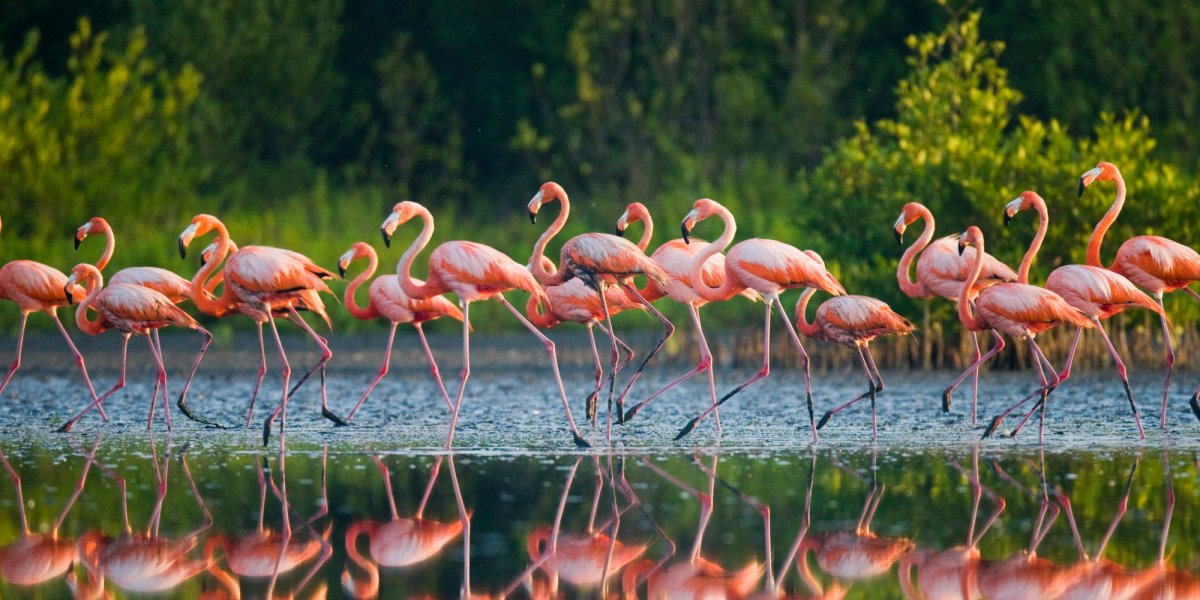
Here are some thoughts on the best ways to tour Cuba.
Most Convenient Cuba Travel:
The easiest way for Americans to visit Cuba is on an organized tour through a legal U.S. company. Since foreign companies do not comply with U.S. law regarding travel to Cuba for U.S. citizens, traveling with a foreign tour operator is not legal for U.S. citizens.
An organized tour, or a custom trip organized via a U.S. company, is especially practical if you want to visit a variety of places in the country since all transportation and accommodation logistics are included. It’s also the simplest way to comply with U.S. law. As noted above, there are only 12 categories of permitted travel for persons of U.S. jurisdiction, and your travels must be in compliance with one of these. A reputable tour operator will have a tour specifically designed to meet the legal requirements.
If you want to get off the beaten path to kayak in Cuba, this is the only way to travel due to Cuban government restrictions regarding boats and boat travel. If you want to cycle or hike, you could do this on your own, again, making sure your agenda is in keeping with the legal travel requirements of the U.S. government. However, knowing where to go, trail or road conditions etc, would require a lot of homework and research. Thus an organized cycling tour, or walking or hiking tour, would be easier and meet the U.S. legal requirements.
A custom tour to Cuba organized by a legal U.S. company is another great way to go. In this case, you are placing your trust in a company that has an extensive and reliable network of guides and drivers, to plan and execute a tour taking you to the exact places you want to go, and the activities you want to do. As well, since a group tour or custom tour to Cuba is prepaid, it eliminates the security issue of carrying a lot of cash. You only need to bring enough cash for a few miscellaneous tips and personal expenses.
Moderately Convenient Cuba Travel
As mentioned above, if your plan is to visit only Havana or another city with direct air service to and from the U.S., this is reasonably straightforward. You can buy an air ticket on many U.S. airlines who also sell the required Cuban visa or “tourist card” at the airport on your way. You can book accommodation on a service like Air BnB or similar.
If you did want to explore outside of Havana or the other airline-served cities, it is possible to rent a car or hire a car and driver, as detailed above. Be aware that any vehicle accidents can create all kinds of legal hassle within Cuba and could delay your travels considerably.
Least Convenient Cuba Travel
If you have lots of time, it is possible to travel around Cuba using public transport. There is a government bus service for tourists called Via Azul. They have a station in each major city and route they follow. It’s best to buy your tickets at least a day in advance. If you get off in a small place, like Playa Larga by the Bay of Pigs, it will be hard to know (perhaps impossible) if the next day’s bus will have seats available or not. Within the cities, there are shared taxis. Some cities and towns also have motorcycle taxies or horse-cart taxis. Walking is always a good option for exploring towns and cities as well. As mentioned above, there is also some limited train service in the country. In the recent past, this has been very, very slow. But new equipment from China may change this on certain routes.
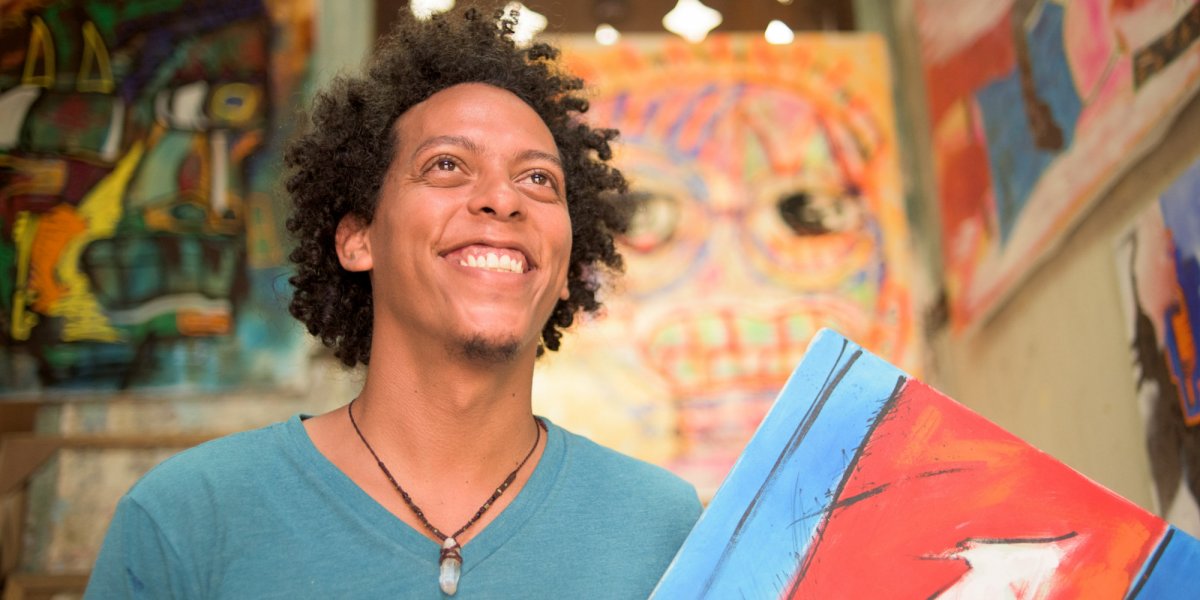
Your Travel Helps Ordinary Cubans
While travel to Cuba does present some interesting challenges, it is certainly worthwhile and now, more than ever, Cuba needs your money! The economy in Cuba is suffering due to the U.S. embargo, the lack of any travelers for the two years of the pandemic, and now, with the war in Ukraine going on, there are no Russian tourists who were supposed to account for 40% of those visiting Cuba in 2022. When you travel to Cuba your money has a real and positive impact on the people there. For you, the reward is also great! Cuba has a vibrant culture of music, art, architecture, and history that awaits the intrepid traveler. The people of Cuba will welcome you warmly. And as noted, your travels, however you may choose to do them, will have a very real and positive impact on the lives of Cubans.
Travel builds connections and bridges and in Cuba especially, you will find a country where we have much to learn, and much to give.


